“MACRO GOALS” & “MICRO QUOTAS”
Ever wonder why you can multitask or carry out certain actions without even needing to “focus” or “pay attention” as you do them?
Think of something that took you a really long time to learn, like how to ride a bike, swim, or park a car. At first, it was difficult, but after some time it probably became much easier.
You might even say it became almost habitual. It’s as if we are on autopilot, which really shows us the power of our HABITS.
Habits can come in many forms including actions, behaviors, and thought patterns.
For example, if you are a pessimistic person, you might look at your glass as half empty so often that you won’t even realize you are viewing the world in this way.
This is because it has become a “habit” for you.
If you tend towards having a messy house and leaving your clothes on the floor and dishes in the sink regularly, you may not even realize how bad the mess is, because it has become your norm, being “messy” and letting the dirt build-up, is now a habit for you.
The same thing can be said about wonderful patterns as well!
Those of generosity, love, compassion, growth, and health!
Habit Formation is the process by which new behaviors become automatic. Old habits are hard to break and new habits are hard to form. This is because the patterns we repeat most often are literally etched into our neural pathways.
The good news is that, through repetition, it’s possible to form new, life-supporting habits (and maintain them as well.)
When looking to create better habits. Taking a long-term view of success is critical.
As Aristotle would aptly put it:
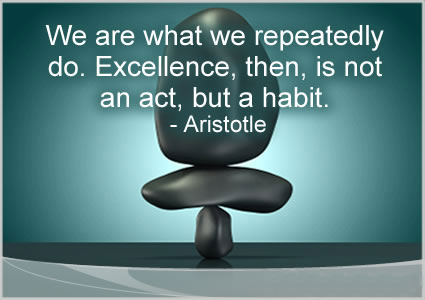 But how do you get from Point A to the often elusive Point B?
But how do you get from Point A to the often elusive Point B?
The first step is awareness of your habitual processes and their makeup. Only then are you able to separate your habits into the ones that serve you, and the ones you would like to dissolve and replace.
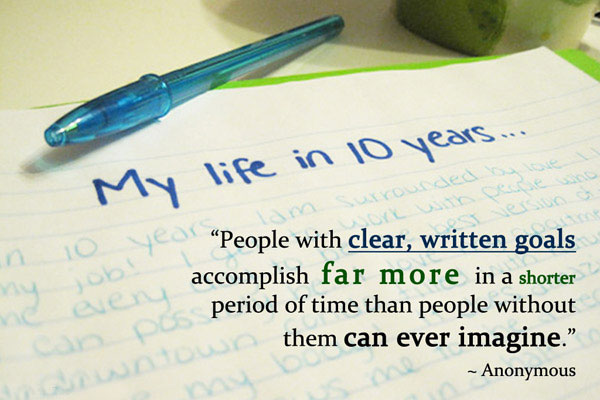 So ask yourself now…..
So ask yourself now…..
How are your habits blocking you?
And then…
Write down 3-5 habits that you know are holding you back.
Consider now that every habit we have begins with a physiological pattern called a “habit loop” which is a three-part process….
- A trigger tells your brain to go into an automatic mode that lets the habitual behavioral pattern unfold.
- The routine/ habit occurs.
- There is a reward: something that your brain likes that helps it remember this “habit loop”
Once a pattern becomes a habit loop then your brain has learned the behavior and it can focus on it less and less.
It can be easy to “mindlessly” eat food, bite your nails or mess up your house. We continue to carry out many habitual patterns while the brain focuses simultaneously on something else like the radio or carrying on a conversation.
Habit making behaviors are actually traced back to a part of the brain (basal ganglia) that also plays a key role in dealing with emotions, pattern recognition and memories.
While a different part of the brain altogether (prefrontal cortex) deals with making decisions.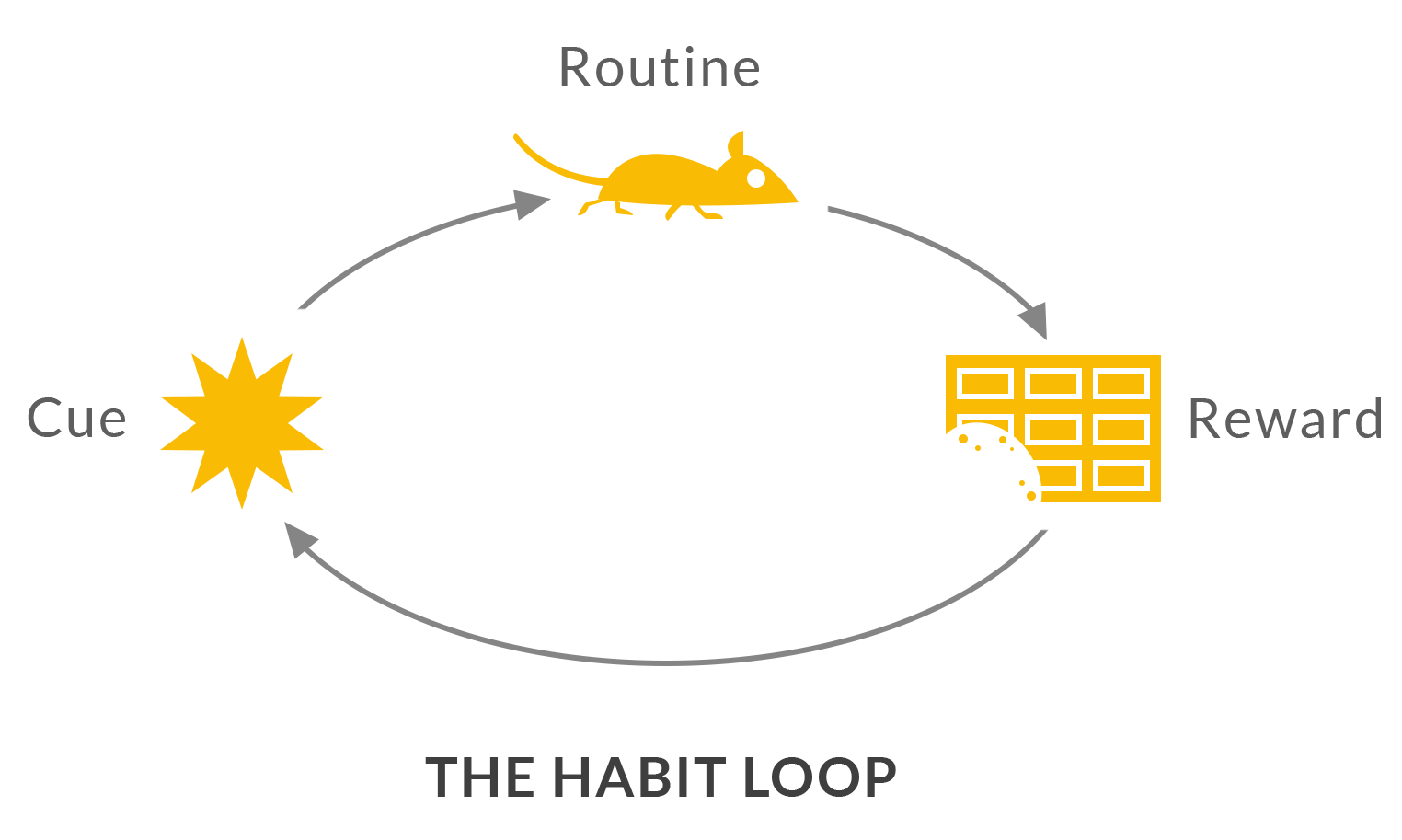
The great news is that from the first time you do something differently, the cue changes and the habit starts to change.
Did you know: A vacation is a perfect time to change a habit. Being in an atmosphere where you can’t go about your regular day and the daily habits that go along with your routine helps to break certain cycles. This is one of the reasons that taking a vacation can be so relaxing!
But how can we actually form good habits and make them stick in our everyday life?
Scientific Research On Habit Forming
Maxwell Maltz was a plastic surgeon in the 1950s, when Dr. Maltz would perform an operation — like a nose correction, for example — he found that it would take the patient a minimum of 21 days to get used to seeing their new face. Similarly, when a patient had an arm or a leg amputated, Maltz noticed that the patient would sense a phantom limb for about 21 days before adjusting to the new situation.
And that’s how society started spreading the common myth that it takes 21 days to form a new habit. It’s remarkable how often these timelines are quoted as statistical facts. On average, it takes more than 2 months before a new behavior becomes automatic — 66 days to be exact. And how long it takes a new habit to form can vary widely depending on the behavior, the person, and the circumstances. In other scientific studies, it took anywhere from 18 days to 254 days for people to form a new habit.
The great thing we know from lab studies is that it’s never too late to break a habit. Habits can be molded, created and changed throughout your whole life.
Again we say, Taking a long-term view of success is critical.
The best way to do this is to set “macro goals” and “micro quotas.”
The big picture of what you want to accomplish should be your goals.
Your quotas will be the absolute minimum amounts of work that you must get done every single day to make it a reality.
Through this template, we can look at all areas of our life (physical, emotional, spiritual) and start to set micro quotas and macro goals.
Very soon we can start to see our destination moving closer…….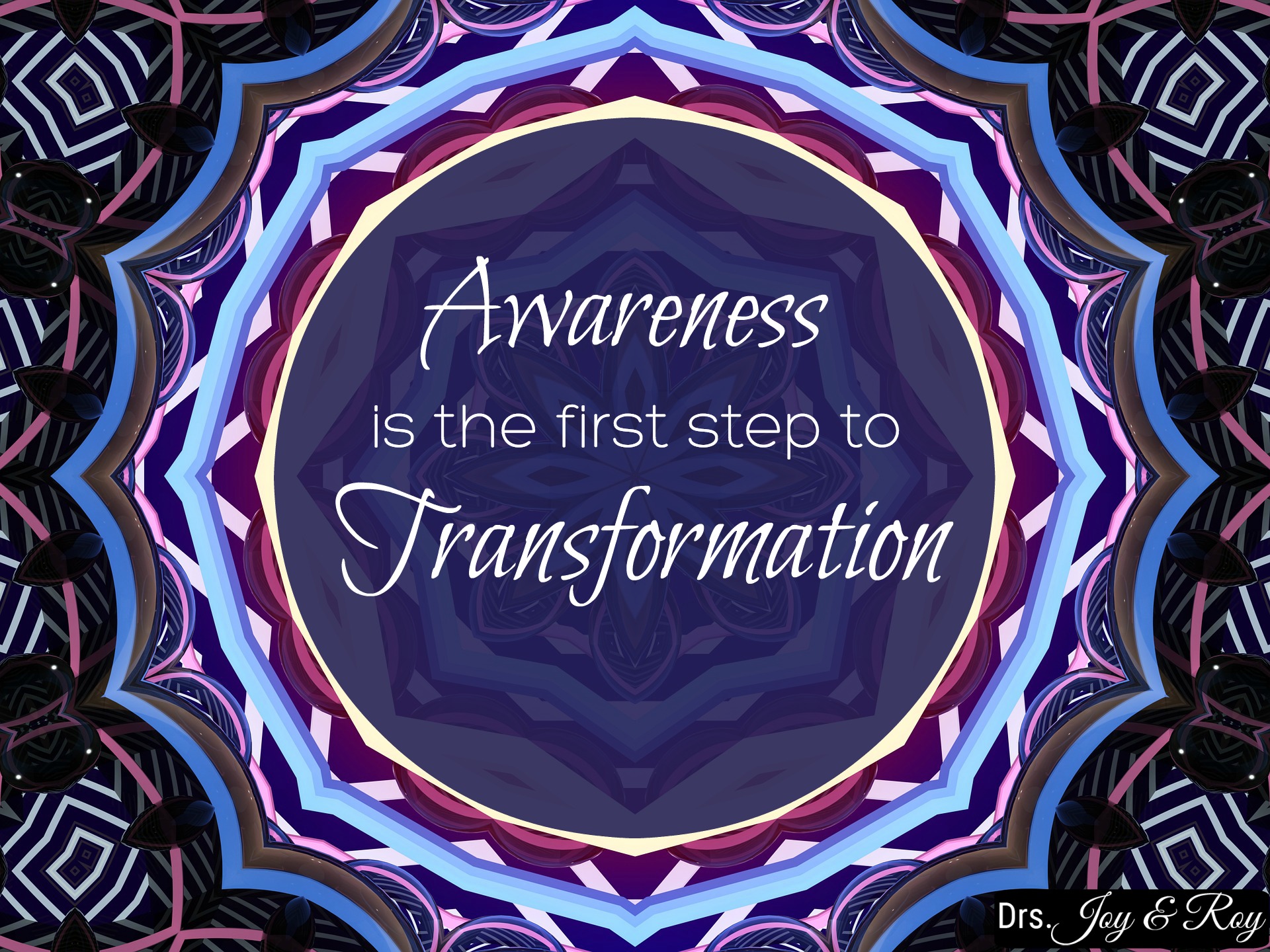
Studies show that “Dreaming Big” can be great for initial motivation, but that it’s important to break your goals into small bite-size pieces so you are not overwhelmed by the journey ahead and the expectations we naturally hold for ourselves.
Your string of small achievements and recurring successes will have a snowball effect.
As you do well, you will want to keep doing well.
Becoming motivated internally instead of externally is essential to creating habits that stick.
It’s all about balance….. So often we want a quick fix and don’t see that little steps towards the direction of our dreams will actually get us there much faster than trying to make the huge dramatic changes that leave us bouncing back or giving up altogether.
Writer/developer Nathan Barry has made a great case study of the use of these quotas. He made a pact with himself to write 1000 words per day no matter what. The result was 3 self-published books resulting in thousands of dollars in sales.
Quotas give you something small and approachable to stick to each day, thus making your lofty goals much more achievable. It might surprise you that setting a seemingly small quota is actually a great way to begin.
Remember the children’s story The Tortoise and The Hare?
The slow, steady and focused contestant won the race because the overconfident Hare started off in a sprint and soon lay down in the grass to take a rest and catch his breath.
>>>Consider this excerpt from Stanford psychologist B.J. Fogg on how he started his flossing habit:
“For me, cracking the code on flossing was to put the floss right by the toothbrush, and to commit to myself that I would floss one tooth — only one tooth — every time after I brushed.
I could floss them all if I wanted to, but the commitment was just one tooth.
[This works] because I was training the behavior. Maybe once every few weeks, I’d only actually floss one tooth, but a majority of the time I’d end up flossing them all.”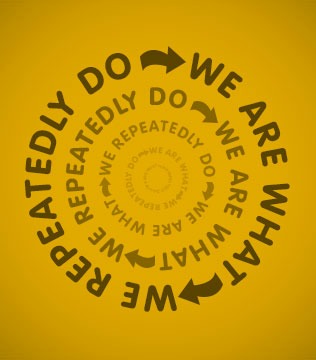
Just imagine if you had the support, process, and tools laid in front of you to continually create the new habits that helped you become your Grandest Self. This is possible!
Whether you want to quit smoking, sleep better or revamp your entire life…there is tried and tested support available for you.
It’s time to recognize the high vibrational energies of January as a major time to approach new habits and positive change!
If you get grounded and focus on setting your intentions on growth NOW, then you will see benefits throughout all areas of your life, for the rest of this year and beyond.



